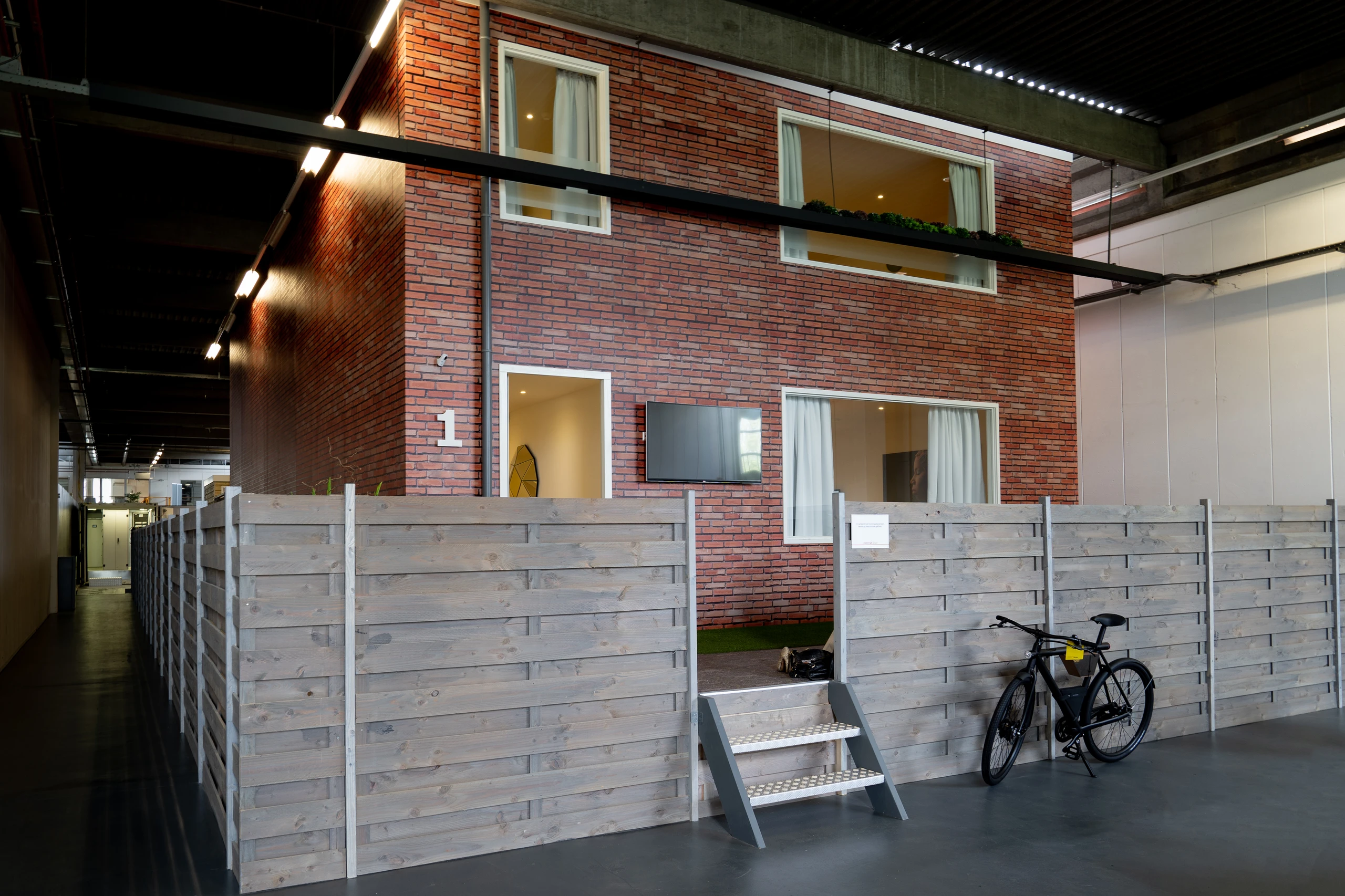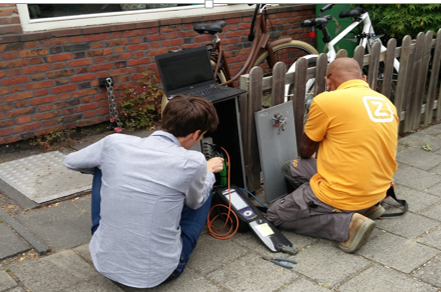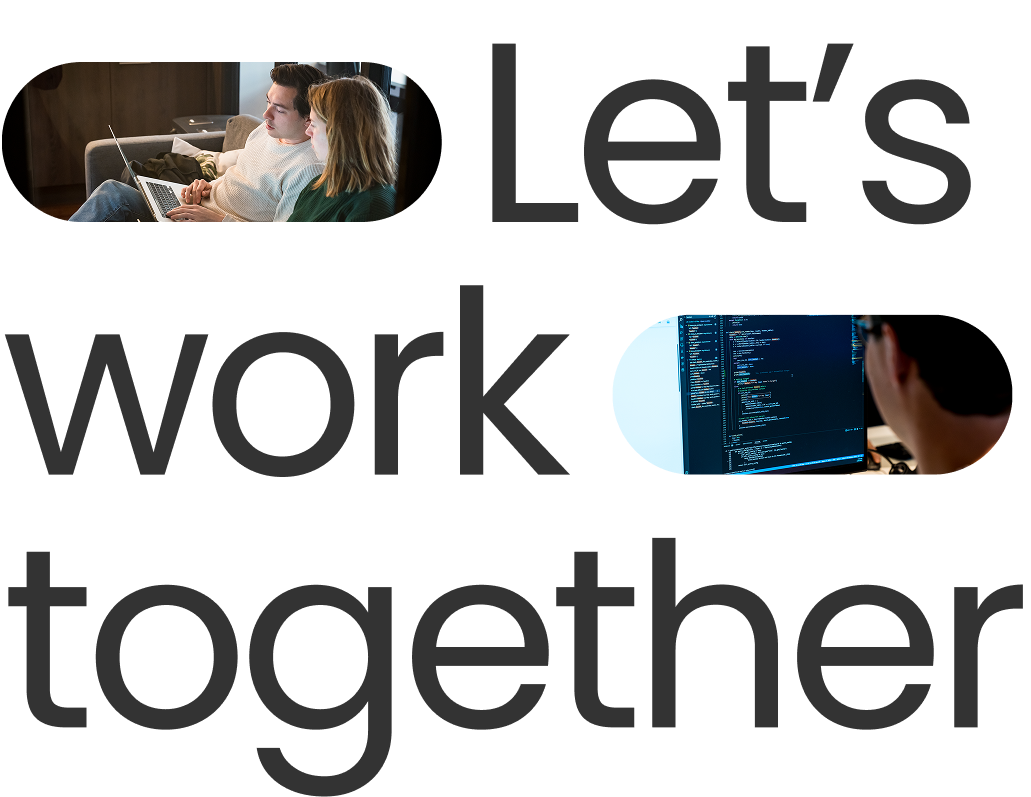

Vodafoneziggo delivers connectivity via cables under the ground, which branch off to small boxes that cater to individual houses. Sometimes, disruptions in the physical environment around the cables might displace the cables, resulting in a slow or unreliable internet network.
Vodafoneziggo faced two challenges when trying to resolve this issue. Firstly, detecting such noise was time consuming and happened mainly reactively based on customer feedback.
Secondly, its technicians faced issues in detecting the root cause of such problems, as they could be due to a loose or corroded cable or a broken component. It is hard for a technician to locate the true root cause of the noise because the network is interconnected, making an issue in one place in the network resonate in many other places. Moreover, a technician might not find the instability issue in the network because it might be resolved at the time that he/she arrives, only to potentially reappear later.
All equipment sends high level signal diagnostic information back to Vodafoneziggo to be analyzed. Using this information, the telecommunications provider wanted to find a way to help the technicians in monitoring the network and proactively finding the root cause of connection problems.
Xomnia worked with VodafoneZiggo to develop a time series algorithm that picks up deviations in the network. The application consists of two core elements, an algorithm and a dashboard:
Any anomalies in the signal qualities of customers are detected and aggregated back to the responsible component(s). This information is then fed back on an hourly basis to the network engineers, who can go directly to the faulty component without tedious manual analysis. The second step is locating the origin of the problem. The dashboard would aggregate information about where a bad connection exists, to estimate where it started and where it originated.

Automated deviation detection generated benefits for all stakeholders, improving operational processes, service level repairs, and the customer experience with fewer disruptions. Future use cases anticipate predicting failures so far in advance that can be solved before impacting customers.
Using the dashboard, network engineers can see every morning the noise’s root causes, and proactively send technicians to fix them, instead of waiting for it to get worse and a customer to raise a complaint.
The solution has been in production for almost 2 years, but remains a work in progress, as Vodafoneziggo together with Xomnia continue on working to refine and expand the project for specific use cases.
